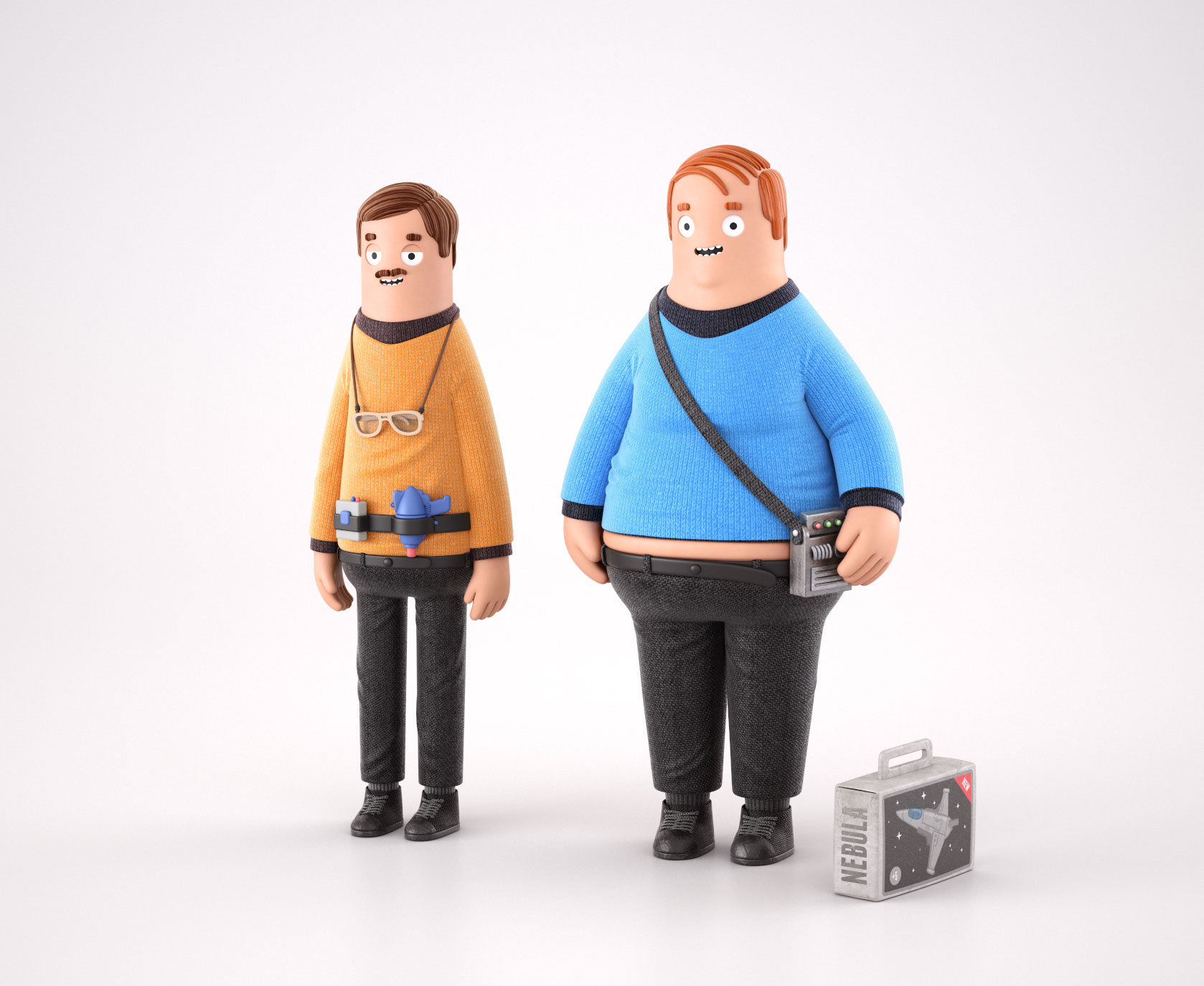


Published in Advertise
Published in Advertise
Published in Advertise
Image credit by Yum Yum
Image credit by Yum Yum
Image credit by Yum Yum



Monika Michalczyk
Monika Michalczyk
Monika Michalczyk
Visual Designer at Framer
Visual Designer at Framer
Visual Designer at Framer
June 1, 2022
June 1, 2022
June 1, 2022
We should be focusing on net positive products
We should be focusing on net positive products
We should be focusing on net positive products
My barometer check for successful products and why I think this is something we need to focus on more now than ever before.
My barometer check for successful products and why I think this is something we need to focus on more now than ever before.
My barometer check for successful products and why I think this is something we need to focus on more now than ever before.
In the 90s, Bill and Melinda Gates happened to read a newspaper article that they just couldn’t shake — one that opened their eyes to the impact of disease in poor countries and changed their trajectory and focus.
The article was about how 800,000 kids die every year from diarrheal diseases — a figure that stands out starkly in comparison to developed nations with more advanced hygiene and medical practices.
They sent the article to Bill Sr. with a note:
“Dad, maybe we can do something about this.”
The Bill and Melinda Gates Foundation was born. As part of their broad initiatives with a major focus on global health, in 2011 they launched the Reinvent the Toilet Challenge to come up with better ways to safely and effectively manage human waste.
When I first heard about this, I was drawn to it not only because of its premise and cause — about 3.6 billion people — nearly half of the world’s population — lack toilets or use unsafe sanitation, the result of which is the potential to contaminate water, soil and food causing illness and death — but also because of its constraints:
The toilet must function to remove harmful pathogens from human waste and recover valuable resources like energy, clean water, and fertilizer without relying on sewage systems or running water, with a preference for ideas that also don’t rely on electricity (can operate “off the grid”).
Since 2011, the challenge has continued, with ideas springing up that solve this meaningful problem ranging from a solar powered toilet that generates hydrogen and electricity, to toilets that are powered by worms, ones that create biological charcoal, minerals, and clean water, and more recently, ones that turn your poop into ash.
Hearing about this competition and how it was framed drastically changed my mindset about how to bring meaningful products into the world.
My barometer check looks something like this:
Is the product solving a meaningful problem that, if solved, will have a measurable, positive impact on people, the planet, or both?
Is the problem clearly defined? Specifically with respect to how big of a problem it is, who, specifically, it impacts, and how it impacts them.
Does the solution address the problem in a net positive way (i.e. does not produce unintended byproducts that cause more problems)?
While we have come up with some of the most ingenious ways to approach problem solving in tech, I think we have missed the mark on hitting all three of these checkboxes in a lot of cases. Fast forward from its initial launch in 2004 — while part of that problem has no doubt been solved, and on a much, much larger scale, some of the byproducts of how it was solved include.
How can these types of situations be avoided?
Einstein once said, “If I had an hour to solve a problem I’d spend 55 minutes thinking about the problem and 5 minutes thinking about solutions.”
With the rise of big tech, automation, faster processing, algorithm development, AI, machine learning, and more, we have become exceptional at solving problems. Where I think we have a lot of room for improvement is how we frame them.
When embarking on a new product you’re looking to bring into the world, invest time in the conception phase to not only find a meaningful, and valuable problem to solve, but also to define that problem really well.
In other words, create the right sandbox for your team to operate in.
In the 90s, Bill and Melinda Gates happened to read a newspaper article that they just couldn’t shake — one that opened their eyes to the impact of disease in poor countries and changed their trajectory and focus.
The article was about how 800,000 kids die every year from diarrheal diseases — a figure that stands out starkly in comparison to developed nations with more advanced hygiene and medical practices.
They sent the article to Bill Sr. with a note:
“Dad, maybe we can do something about this.”
The Bill and Melinda Gates Foundation was born. As part of their broad initiatives with a major focus on global health, in 2011 they launched the Reinvent the Toilet Challenge to come up with better ways to safely and effectively manage human waste.
When I first heard about this, I was drawn to it not only because of its premise and cause — about 3.6 billion people — nearly half of the world’s population — lack toilets or use unsafe sanitation, the result of which is the potential to contaminate water, soil and food causing illness and death — but also because of its constraints:
The toilet must function to remove harmful pathogens from human waste and recover valuable resources like energy, clean water, and fertilizer without relying on sewage systems or running water, with a preference for ideas that also don’t rely on electricity (can operate “off the grid”).
Since 2011, the challenge has continued, with ideas springing up that solve this meaningful problem ranging from a solar powered toilet that generates hydrogen and electricity, to toilets that are powered by worms, ones that create biological charcoal, minerals, and clean water, and more recently, ones that turn your poop into ash.
Hearing about this competition and how it was framed drastically changed my mindset about how to bring meaningful products into the world.
My barometer check looks something like this:
Is the product solving a meaningful problem that, if solved, will have a measurable, positive impact on people, the planet, or both?
Is the problem clearly defined? Specifically with respect to how big of a problem it is, who, specifically, it impacts, and how it impacts them.
Does the solution address the problem in a net positive way (i.e. does not produce unintended byproducts that cause more problems)?
While we have come up with some of the most ingenious ways to approach problem solving in tech, I think we have missed the mark on hitting all three of these checkboxes in a lot of cases. Fast forward from its initial launch in 2004 — while part of that problem has no doubt been solved, and on a much, much larger scale, some of the byproducts of how it was solved include.
How can these types of situations be avoided?
Einstein once said, “If I had an hour to solve a problem I’d spend 55 minutes thinking about the problem and 5 minutes thinking about solutions.”
With the rise of big tech, automation, faster processing, algorithm development, AI, machine learning, and more, we have become exceptional at solving problems. Where I think we have a lot of room for improvement is how we frame them.
When embarking on a new product you’re looking to bring into the world, invest time in the conception phase to not only find a meaningful, and valuable problem to solve, but also to define that problem really well.
In other words, create the right sandbox for your team to operate in.
In the 90s, Bill and Melinda Gates happened to read a newspaper article that they just couldn’t shake — one that opened their eyes to the impact of disease in poor countries and changed their trajectory and focus.
The article was about how 800,000 kids die every year from diarrheal diseases — a figure that stands out starkly in comparison to developed nations with more advanced hygiene and medical practices.
They sent the article to Bill Sr. with a note:
“Dad, maybe we can do something about this.”
The Bill and Melinda Gates Foundation was born. As part of their broad initiatives with a major focus on global health, in 2011 they launched the Reinvent the Toilet Challenge to come up with better ways to safely and effectively manage human waste.
When I first heard about this, I was drawn to it not only because of its premise and cause — about 3.6 billion people — nearly half of the world’s population — lack toilets or use unsafe sanitation, the result of which is the potential to contaminate water, soil and food causing illness and death — but also because of its constraints:
The toilet must function to remove harmful pathogens from human waste and recover valuable resources like energy, clean water, and fertilizer without relying on sewage systems or running water, with a preference for ideas that also don’t rely on electricity (can operate “off the grid”).
Since 2011, the challenge has continued, with ideas springing up that solve this meaningful problem ranging from a solar powered toilet that generates hydrogen and electricity, to toilets that are powered by worms, ones that create biological charcoal, minerals, and clean water, and more recently, ones that turn your poop into ash.
Hearing about this competition and how it was framed drastically changed my mindset about how to bring meaningful products into the world.
My barometer check looks something like this:
Is the product solving a meaningful problem that, if solved, will have a measurable, positive impact on people, the planet, or both?
Is the problem clearly defined? Specifically with respect to how big of a problem it is, who, specifically, it impacts, and how it impacts them.
Does the solution address the problem in a net positive way (i.e. does not produce unintended byproducts that cause more problems)?
While we have come up with some of the most ingenious ways to approach problem solving in tech, I think we have missed the mark on hitting all three of these checkboxes in a lot of cases. Fast forward from its initial launch in 2004 — while part of that problem has no doubt been solved, and on a much, much larger scale, some of the byproducts of how it was solved include.
How can these types of situations be avoided?
Einstein once said, “If I had an hour to solve a problem I’d spend 55 minutes thinking about the problem and 5 minutes thinking about solutions.”
With the rise of big tech, automation, faster processing, algorithm development, AI, machine learning, and more, we have become exceptional at solving problems. Where I think we have a lot of room for improvement is how we frame them.
When embarking on a new product you’re looking to bring into the world, invest time in the conception phase to not only find a meaningful, and valuable problem to solve, but also to define that problem really well.
In other words, create the right sandbox for your team to operate in.
Continue Reading
Continue Reading
Continue Reading


